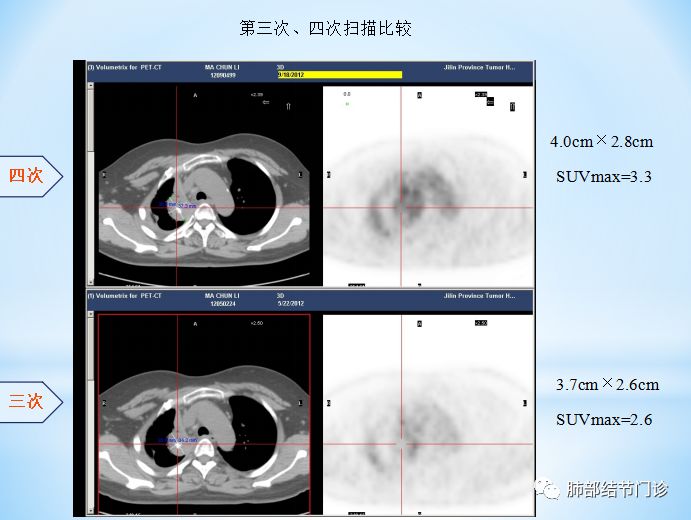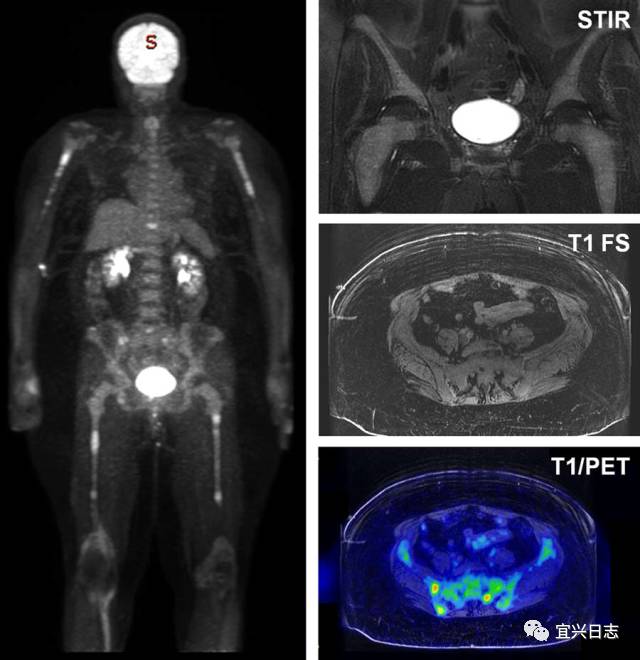### Understanding PET CT Side Effects: What You Need to Know
When it comes to advanced imaging techniques, Positron Emission Tomography (PET) combined with Computed Tomography (CT) scans has become a cornerstone in di……
When it comes to advanced imaging techniques, Positron Emission Tomography (PET) combined with Computed Tomography (CT) scans has become a cornerstone in diagnosing and monitoring various medical conditions. While the benefits of PET CT scans are well-documented, it is equally important to understand the pet ct side effects that may arise during or after the procedure. In this article, we will explore the potential side effects associated with PET CT scans, helping you make an informed decision about your healthcare.
#### What is a PET CT Scan?
A PET CT scan is a non-invasive imaging technique that combines two types of scans: PET and CT. The PET scan uses a small amount of radioactive material to visualize metabolic activity in the body, while the CT scan provides detailed images of the internal structures. Together, these scans offer a comprehensive view of how tissues and organs function, making it an invaluable tool in cancer detection, neurological assessments, and cardiac evaluations.
#### Common PET CT Side Effects
While PET CT scans are generally safe, some patients may experience side effects. The most common pet ct side effects include:
1. **Injection Site Reactions**: The radioactive tracer is typically injected into a vein. Some patients may experience pain, swelling, or redness at the injection site. These symptoms are usually mild and resolve on their own.

2. **Allergic Reactions**: Although rare, some individuals may have an allergic reaction to the radioactive tracer used during the scan. Symptoms can range from mild itching and rash to more severe reactions like difficulty breathing. It’s crucial to inform your healthcare provider of any known allergies before the procedure.
3. **Radiation Exposure**: As with any imaging procedure that involves radiation, there is a small risk associated with exposure. However, the amount of radiation used in a PET CT scan is generally considered safe and is kept to the minimum required to obtain clear images.
4. **Nausea or Dizziness**: Some patients may feel nauseous or dizzy after receiving the radioactive tracer. These symptoms are often temporary and subside shortly after the scan.
5. **Anxiety or Claustrophobia**: The CT portion of the scan requires patients to lie still in a machine that can feel confining. This can trigger feelings of anxiety or claustrophobia in some individuals. If you have a history of anxiety, it's advisable to discuss this with your healthcare provider beforehand.

#### Managing PET CT Side Effects
To minimize the impact of pet ct side effects, patients can take certain precautions:
- **Stay Hydrated**: Drinking plenty of water before and after the scan can help flush the radioactive material out of your system more quickly.
- **Communicate with Your Healthcare Team**: If you have concerns about potential side effects or if you experience any unusual symptoms during or after the scan, don’t hesitate to reach out to your healthcare provider.

- **Consider Pre-Medication**: If you have a history of allergic reactions or anxiety, your doctor may recommend pre-medication to help mitigate these risks.
#### Conclusion
Understanding the pet ct side effects is crucial for anyone considering this imaging procedure. While most side effects are mild and temporary, being informed can help you feel more at ease during the process. Always consult with your healthcare provider to discuss any concerns or questions you may have regarding PET CT scans and their potential side effects. With the right preparation and knowledge, you can take full advantage of the benefits that PET CT scans offer while minimizing any associated risks.